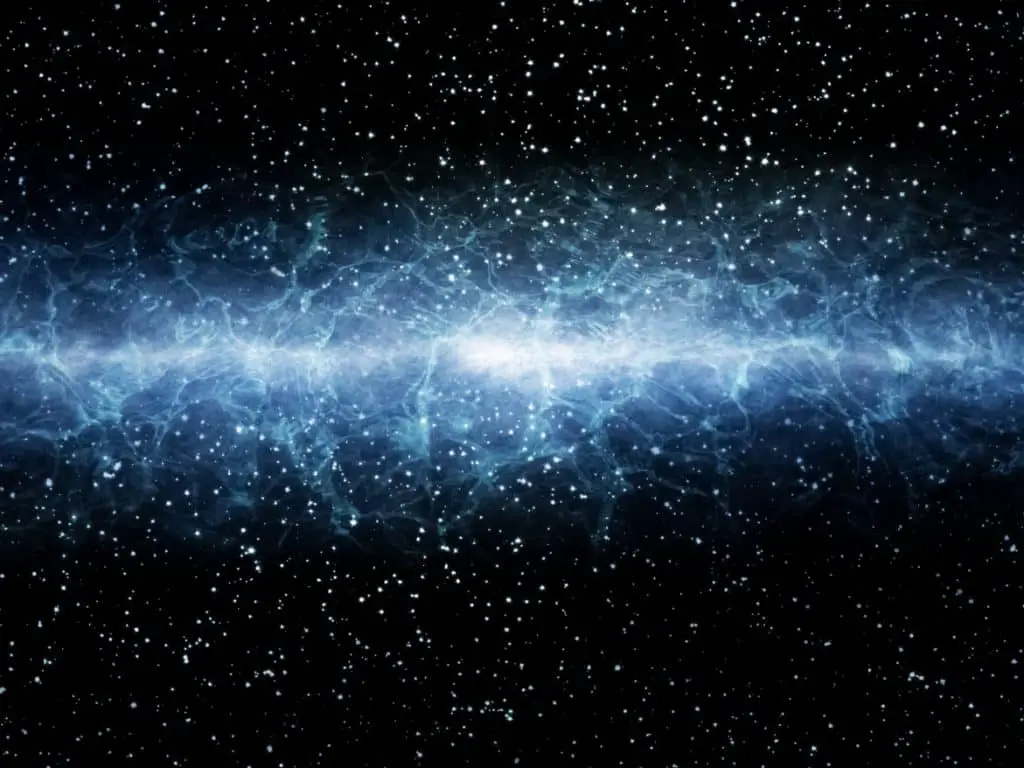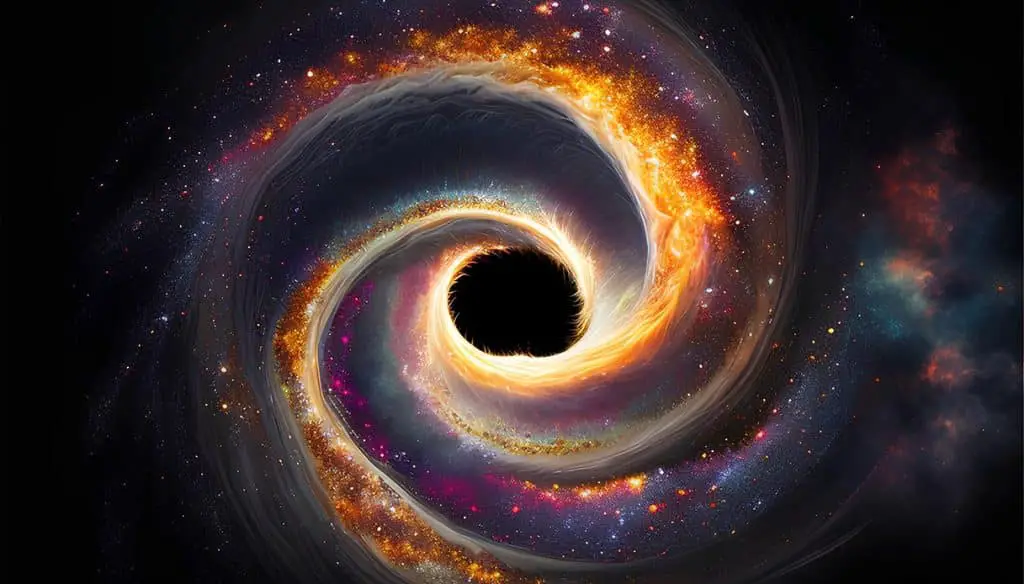There dark matter it is a hypothetical form of matter implied by effects of gravity that cannot be explained by general relativity unless there is more matter than visible matter in the universe. It remains virtually as mysterious as it was nearly a century ago, when it was first suggested by Dutch astronomer Jan Oort in 1932 to explain the so-called “missing mass” needed for things like galaxies to group together.
Gravity can exist without mass
Dr. Richard Lieu of the University of Alabama at Huntsville (UAH) published a study on Monthly Notices of the Royal Astronomical Society showing, for the first time, how gravity can exist without mass, providing an alternative theory that could potentially mitigate the need for dark matter.
“My inspiration came from the search for another solution to the gravitational field equations of general relativity – the simplified version of which, applicable to the conditions of galaxies and galaxy clusters, is known as Poisson’s equation – which gives a gravitational force ended in the absence of detectable mass,” says Lieu, a distinguished professor of physics and astronomy at UAH, part of the University of Alabama system.
“This initiative is in turn driven by my frustration with the status quo, namely the idea of the existence of dark matter despite the lack of direct evidence for an entire century.”
The researcher argues that the “excess” gravity needed to hold a galaxy or cluster together may instead be due to concentric series of shell-like topological defects in structures commonly found throughout the cosmos that were most likely created during the early universe when a phase transition occurred. A cosmological phase transition is a physical process in which the general state of matter changes together throughout the universe.

“It is not clear at the moment what precise form of phase transition in the universe could give rise to topological defects of this type,” says Lieu.
“Topological effects are very compact regions of space with a very high density of matter, usually in the form of linear structures known as cosmic strings, although 2D structures such as spherical shells are also possible.
“The shells in my paper consist of a thin inner layer of positive mass and a thin outer layer of negative mass; the total mass of both layers – which is all that can be measured, in terms of mass – is exactly zero, but when a star lies on this shell, it experiences a large gravitational force that pulls it towards the center of the shell.”
Since gravitational force fundamentally involves the deformation of space-time itself, it allows all objects to interact with each other, regardless of whether they have mass or not. It has been confirmed, for example, that massless photons experience gravitational effects from astronomical objects.
“The gravitational deflection of light by a set of concentric singular shells that make up a galaxy or cluster is due to the fact that a ray of light is deflected slightly inward – that is, towards the center of the large-scale structure, or the collection of shells – as it passes through a shell,” observes Lieu.

“The total effect of passing through many shells is a finite, measurable total deflection that mimics the presence of a large amount of dark matter in much the same way as the speed of stellar orbits.
“Both light deflection and stellar orbital velocity are the only means by which one measures the gravitational field strength in a large-scale structure, be it a galaxy or a cluster of galaxies. The thesis of my article is that at least the shells it assumes are massless, so there is no need to perpetuate this seemingly endless search for dark matter.”
Questions for future research will likely focus on how a galaxy or cluster forms from the alignment of these shells, as well as how the evolution of structures occurs.
“This article does not attempt to address the issue of structure formation. A point of contention is whether the shells were initially flat or even straight strings, but angular momentum wraps around them. There is also the question of how to confirm or refute the proposed shells. Of course, the availability of a second solution, while highly suggestive, is not in itself sufficient to discredit the dark matter hypothesis: it could be, at best , an interesting mathematical exercise,” concludes Lieu.
“But it is the first evidence that gravity can exist without mass.”
#Gravity #exist #mass #mitigating #hypothetical #dark #matter
